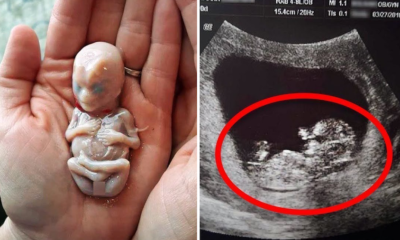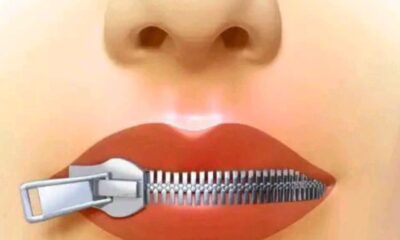METRO
The Only Human Body Parts That Does Not Grow After Birth Untill Death
-

 METRO9 months ago
METRO9 months agoMother delivered her baby, but weeks later ‘doctors found something else hidden inside’!
-

 HEALTH & LIFESTYLE10 months ago
HEALTH & LIFESTYLE10 months agoDiscover the Refreshing Benefits of Boiled Lemon Peel Water
-

 METRO11 months ago
METRO11 months agoNew Dad Buys Used Washing Machine, Owner Tells Him to Look inside When He Gets Home
-

 METRO5 months ago
METRO5 months ago5 Things you should never tell your man until you get married
-

 SPORTS9 months ago
SPORTS9 months agoAll decisions, medals, highlights and fails from day 12 of the Olympic Games in the live ticker
-

 SPORTS10 months ago
SPORTS10 months agoHeartbreak in Euro 2024: England’s Missed Opportunity leaves Fans Reeling
-

 SPORTS11 months ago
SPORTS11 months agoJannik Sinner: Wimbledon’s Top Seed and Halle Open Champion
-

 METRO5 months ago
METRO5 months agoThe Cameroons & Nigerian Artillery During An Attack On Mountain Hill Camp During WWI




